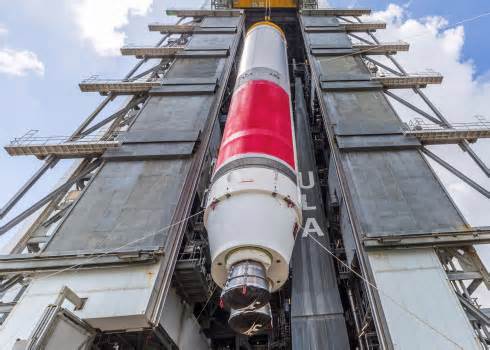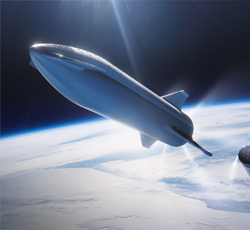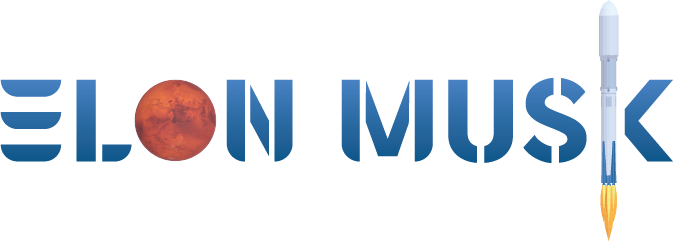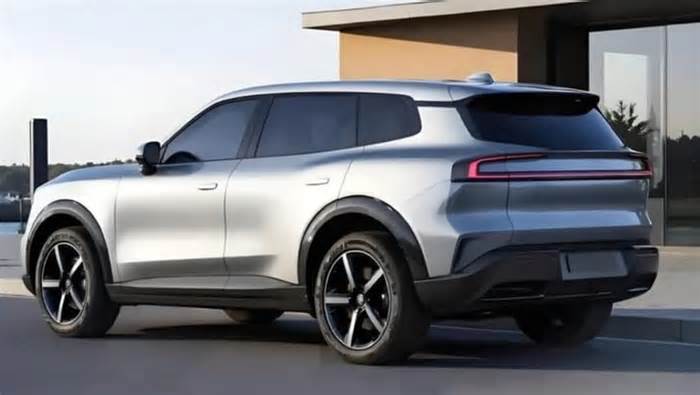
ULA set to ramp up Vulcan launches and...
- by NASASpaceFlight.com
- Jul 08, 2025
- 0 Comments
- 0 Likes Flag 0 Of 5

Click here to Join L2
While the GEM-63XLs use solid fuel, the booster stage, or first stage, of Vulcan utilizes liquid oxygen and liquid methane as its propellants, similar to other newer rockets, such as SpaceX’s Starship and China’s ZhuQue-2. The Centaur V upper stage, powered by two RL-10C-1-1A engines manufactured by Aerojet Rocketdyne in West Palm Beach, Florida, utilizes liquid oxygen and liquid hydrogen as its propellants. The engines provide 106 kN of thrust.
A 5.4 m wide payload fairing tops Vulcan, with two fairing lengths available for use. Like the booster stage, the Centaur upper stage and fairings are made in Decatur, Alabama. Beyond Gravity, a part of the Swiss RUAG technology group, manufactures the fairings in its own Alabama factory, while ULA produces the booster stage and Centaur V in its large facility in Decatur.
The standard fairing is 15.5 m long, while the extended fairing is 21.3 m long. ULA will use the standard fairing on USSF-106. The vehicle for this mission will stand 60.5 meters tall after being assembled in the Vertical Integration Facility (VIF) next to the launch pad.
Vulcan’s payload fairing as the vehicle stands ready for its Cert-2 mission. (Credit: ULA)
The VC4S, launching due east from Space Launch Complex-41 (SLC-41) at the Cape Canaveral Space Force Station in Florida, will have enough power to launch its two national security satellites directly into geosynchronous orbit, rather than flying them to geosynchronous transfer orbit (GTO) like other rockets.
The forward payload for USSF-106 is classified, while the aft payload is the NTS-3 (Navigation Technology 3) satellite. NTS-3 is a navigation technology demonstrator that will use a programmable digital signal generator. This generator’s capability to be programmed on orbit can help the satellite adapt to new threats and interference. The 1,250 kg satellite is operated by the Air Force Research Laboratory.
Payloads launching into GTO need to use their own onboard propulsion systems to circularize their orbits, whereas USSF-106’s Centaur V will use its own propulsion to inject the satellites into geosynchronous orbit. This direct injection will enable each satellite to utilize all of its onboard fuel for station-keeping, thereby extending the satellites’ mission lifetimes.
The NTS-3 satellite undergoing testing ahead of launch. (Credit: Air Force Research Laboratory)
The USSF-106 mission is not the only mission ULA hopes to fly soon with Vulcan. The USSF-87 mission, also using the VC4S configuration, is scheduled to launch in the third quarter of this year, while the KV-01 Project Kuiper mission is expected to fly not too long after USSF-106.
USSF-87, launching from SLC-41 in Florida, is flying the Geosynchronous Space Situational Awareness Program (GSSAP) 7 and 8 satellites. GSSAP 7 and 8, manufactured by Northrop Grumman, are dedicated Space Surveillance Network sensors that will monitor the space near geosynchronous orbit.
KV-01 will be the first use of Vulcan’s VC6L configuration, which is the largest and most powerful variant of the rocket currently available. The VC6L, capable of launching up to 27,200 kg to low-Earth orbit (LEO), uses six GEM-63XL boosters and the 21.3 m long fairing. KV-01 will see the launch and deployment of 45 Kuiper satellites into orbit.
Rendering of Centaur V firing its engines. (Credit: Mack Crawford for NSF)
The KV-01 mission will also be the first flight for the LEO-optimized version of the Centaur V upper stage, with the flight serving as a certification mission before the stage can be used on future NSSL flights.
ULA had hoped to launch up to 20 missions between its Atlas V and Vulcan families this year but is likely to miss that target. However, the company hopes to have a busier second half of 2025, following the launch of only two missions during the first half of the year.
Upcoming flights also include the first flight of Sierra Space’s DreamChaser Tenacity on a Vulcan VC4L, as well as additional Kuiper and NSSL missions on Vulcan. Kuiper and ViaSat missions on the Atlas V 551 rocket, the most powerful configuration of that family, are also possible this year.
(Lead image: ULA lifting the booster stage for the USSF-106 mission at the Vertical Integration Facility. Credit: ULA)
Please first to comment
Related Post
Stay Connected
Tweets by elonmuskTo get the latest tweets please make sure you are logged in on X on this browser.






 Energy
Energy


















